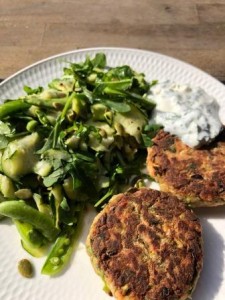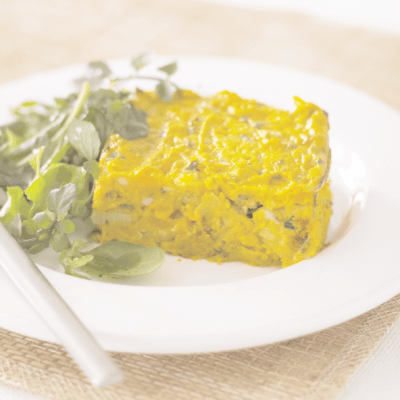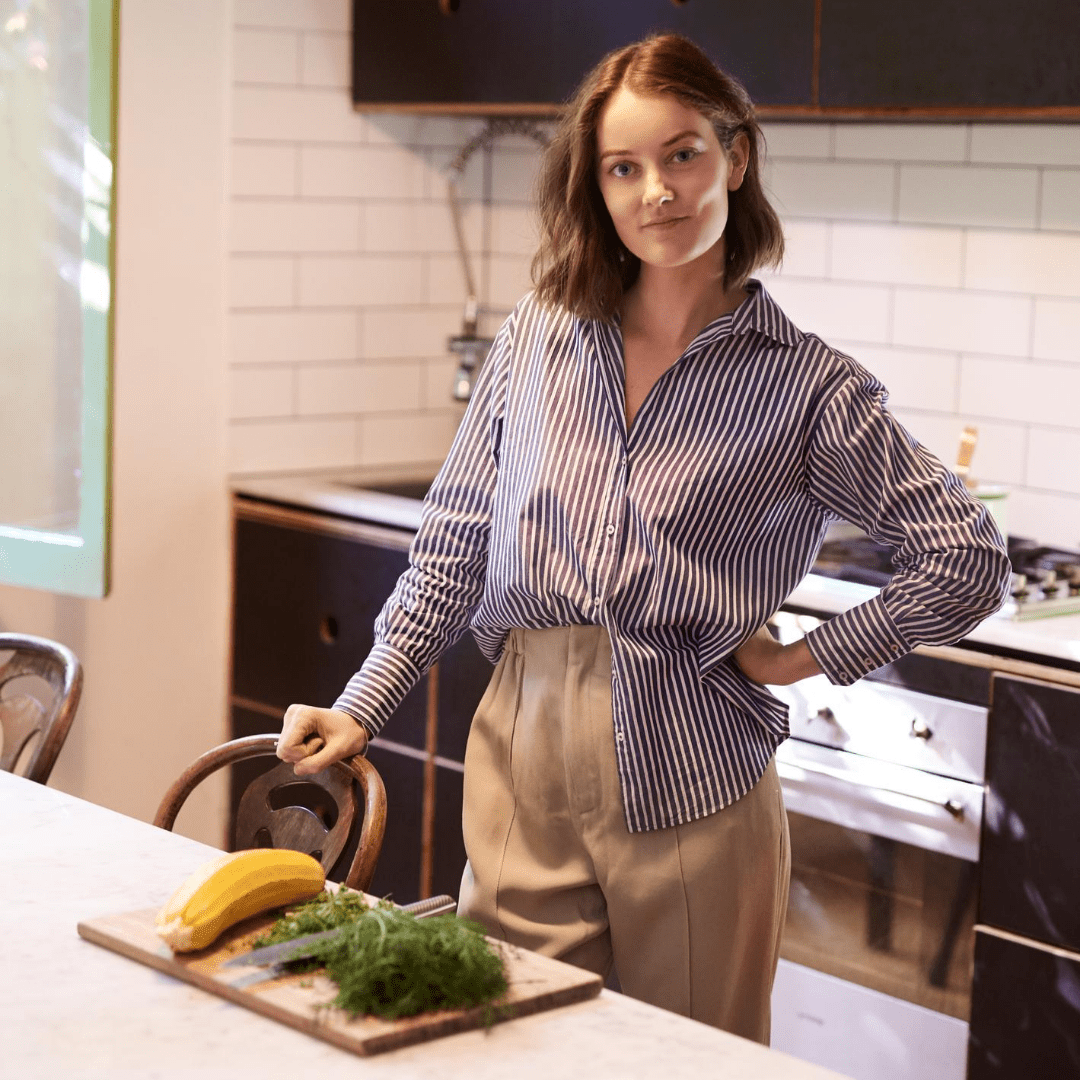
Lots of people are asking me, “How can I support my health during this pandemic?”.
My answer? Start with your diet.
There are, of course, many aspects to having a well functioning self. Diet, however, is so incredibly foundational and something we can all attend to daily to help amplify health that it’s one that I recommend you pay attention to straight away.
One of the great things about paying attention to your diet is that you can get started immediately and see results quickly. So here they are – some of my best tips for optimising your diet during a pandemic.
Stay hydrated
Aim for 2-3 litres of water per day. Remember, the following drinks can boost your hydration for the day: decaffeinated tea, mineral water, broth, and fresh, raw, cold-pressed vegetable juices. To help you stay hydrated, carry a water bottle with you everywhere you go (and make sure it’s not a plastic one).
Don’t skip the protein
Protein helps build and repair every part of the body. Without enough of it, you can feel run down, lethargic, and your immune system can’t function as well as it should. Meats, eggs, poultry, and seafood are excellent sources of protein, but so are certain vegetables. High-protein plant foods include beans and legumes, broccoli, Brussels sprouts, lentils, nuts and seeds, oats, potatoes, spinach, and wild rice. If you’re sick, aim for 1.5g protein per kg of bodyweight per day.
Eat plenty of healthy fats
Healthy fats will help support brain and heart health while keeping you feeling full and providing your body with much needed energy to keep you motivated whilst working from home. Opt for more omega-3s (from avocados, fatty fish, nuts and seeds, olives, sea vegetables, grass-fed meats, etc.), and fewer omega-6s (from processed foods, salad dressings, and sauces; as well as processed vegetable oils like canola, grapeseed, safflower, etc.). Keep in mind that low-fat and fat-free products contain a lot of added sugar and artificial fillers, these are best avoided and swapped for full fat versions.
Opt for carbohydrates from vegetables
Most people only associate carbohydrates with grains. But bread, pasta, cake,
cookies, etc., are not the only sources of carbohydrates. Many whole foods like fruits, vegetables, and legumes fall into this category, too. When balancing your diet, try to get the bulk of your carbohydrates from vegetable sources. The fiber found in vegetables helps balance blood sugar and improve digestion.
Eat the rainbow
Our bodies function best when they take in nutrients from all different types and colours of wholefoods. Aim to eat at least six different colours of fruits and vegetables each day.
Experiment in the kitchen
Play around with different foods and cooking methods to discover what you like. Try at least one new recipe per week. If you’re not confident in your cooking skills, watch a youtube video and learn a new skill! Practice makes perfect! The goal is to become more comfortable with cooking. The more comfortable and enjoyable cooking is for you, the easier it will be to incorporate into a regular routine. Cooking and preparing food for loved ones is a great joy – there is no better time to get started than during lockdown!
Limit sugar and processed foods
We know that the excessive intake of refined sugars and grains contributes to many chronic health issues. In order to stave off illness and reverse symptoms, limit your intake of refined sugars and grains. Both of these are found in highly-processed foods like shelf-stable cakes and cookies, lollies, and other snacks. Read food labels carefully, and select foods with no added sugar (or very little added sugar). Excellent swaps for a sweet treat include: a whole, fresh piece of fruit, vegetable sticks and dip, a teaspoon of fresh nut butter, stewed apples, yoghurt and nuts.
Include probiotic and prebiotic foods
This will support both immune function and digestive function. Supporting digestive function ensures optimal absorption of nutrients and vitamins from food, replenishing the resources available for immune function. Probiotic foods are those that contain beneficial bacteria. Great probiotic foods are sauerkraut, natural yoghurt/coconut yoghurt, kombucha, kim chi, naturally preserved pickles, miso soup, or tempeh.
Prebiotic foods are those that support the function and health of the good bacteria in our digestive system. They are typically foods that are high in fiber such as banana, seeds, wholegrains, Jerusalem artichoke, leek.
Everything in moderation
After all, we’re locked inside! It’s important to allow yourself some wiggle room and listen to your body’s cravings. Enjoying a healthy, balanced diet includes being flexible and limiting your rules. Make a point to indulge occasionally without any guilt or stress about your food choices.
Written by Freya Lawler
Naturopath and Functional Nutritionist
Free Resources
- Get Freya’s Free Guide to a Healthier Gut here
- Take Freya’s “How Good is Your Gut” Quiz to find out what action you can start to take
Freya Lawler, Fertile Ground/Melbourne Apothecary naturopath and functional nutritionist is passionate about food. She believes that in order to optimise your health from the ground up, you must begin with your diet. She loves to identify simple ways to make a huge difference in your health, through optimising your diet and creating tailored nutritional plans. Whether it be for balancing hormones, clearing your skin or improving digestion – Freya can guide you back to your best health through functional nutrition.



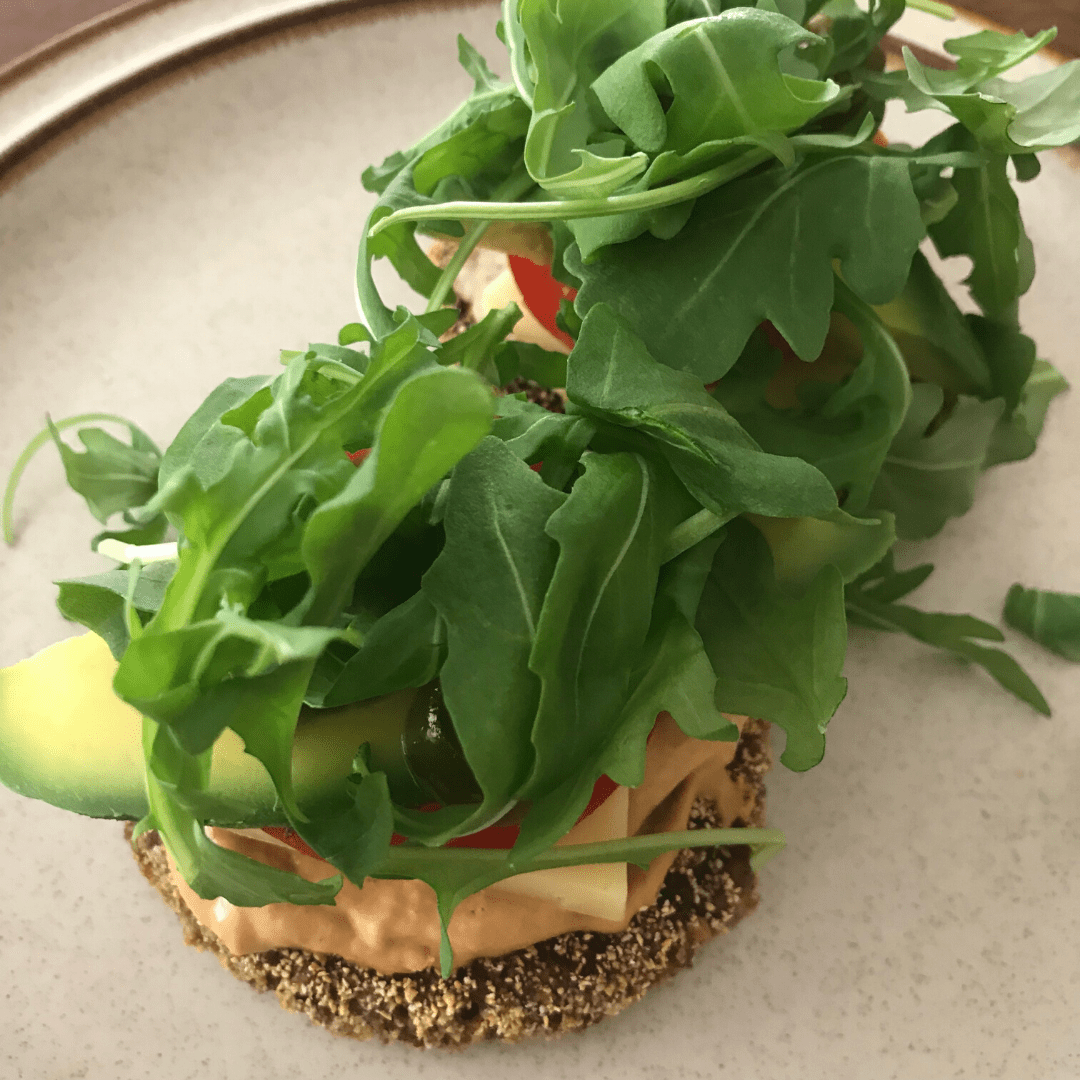
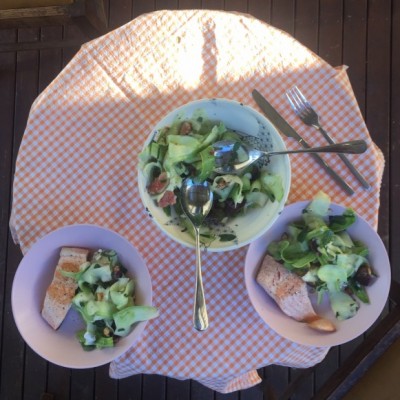
 Ingredients
Ingredients